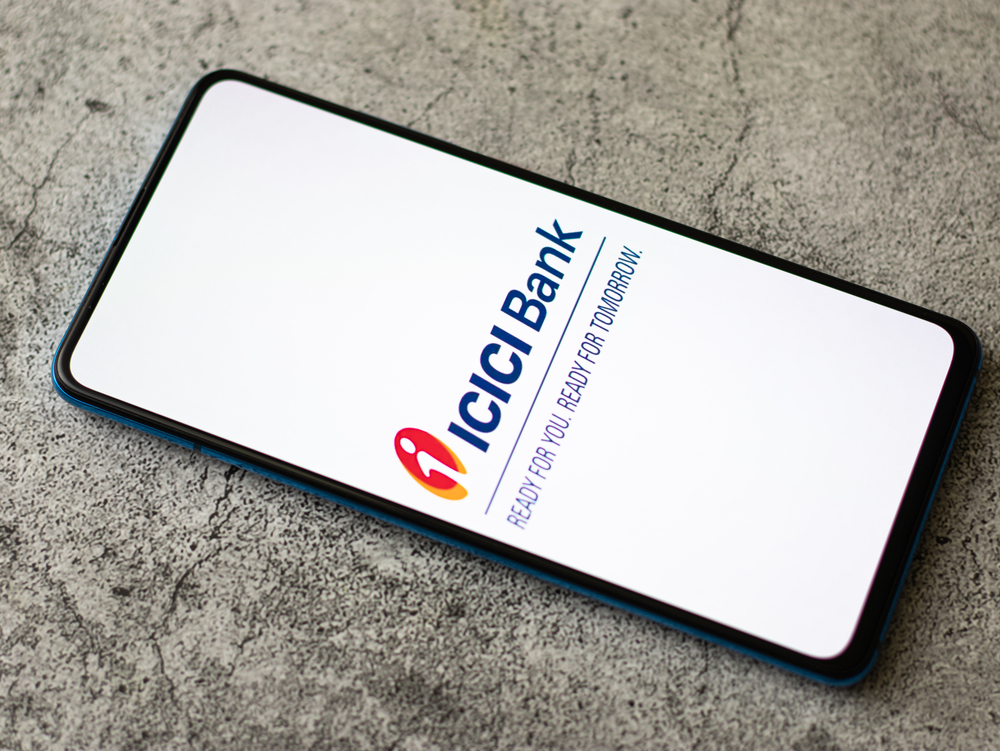How Do I Arrive At My Retirement Corpus Number?

Over the last few decades, there have been many changes that have impacted the way individuals traditionally approach the retirement phase of their life. The biggest being the transition from joint families to nuclear families that took away the safety net of joint income, as well as the reluctance of parents to financially depend on their children, specifically in the larger metros. In addition, there is also a rising trend among individuals to retire early to pursue other interests. Most importantly, nobody would like to compromise on their lifestyle post retirement. All these factors together are slowly bringing in the concept of retirement planning by building a corpus that will act as a safety net and be the primary source of income post retirement.
An often asked question is – How much accumulated wealth is enough to retire? While there are elaborate financial planning exercises to arrive at the same, for an individual without an outstanding loan at the time of retirement there is a simple thumb rule which suggests, 20 times the annual expenses adjusted for inflation is the corpus needed to retire.
To explain simply, let us assume, you are going to retire in 10 years and your current annual expense is Rs 9 Lakh. Reported inflation in India can be estimated to be in the range of 5-6 per cent. Your annual expenses adjusted for inflation would therefore rise to ~Rs. 16 Lakh per annum by the 10th year, as the cost of living goes up. At a projected annual expense of Rs 16 Lakh at time of retirement, the retirement corpus required would be 20 X 16 Lakh, which rounds up to Rs 3.2 Crore.
Another question which arises is, how much should one withdraw and how long would the corpus last? Internationally, the thumb rule for withdrawal is called the 4 per cent rule, meaning that in the withdrawal phase you should limit withdrawals to 4 per cent of the corpus every year. The basic assumption is that the portfolio consists of equity as well as debt to take care of future inflation. If discipline is followed, the corpus would last for 30 years. The equation would change if the investor wishes to leave behind some money for his family.
There are also other important aspects to take into consideration like the quality and consistency of funds and other financial products in your portfolio, medical insurance and will creation. So, it is best to consult an investment advisor to create a customised financial plan that incorporates various aspects related to your financial wellness.
By increasing your awareness of financial planning around retirement and especially with the help of a good advisor, you can take charge of this important but often ignored aspect of your financial plan. A good starting point would therefore be to re-label this aspect as - financial freedom.
The author is the CEO at PGIM India Mutual Fund









